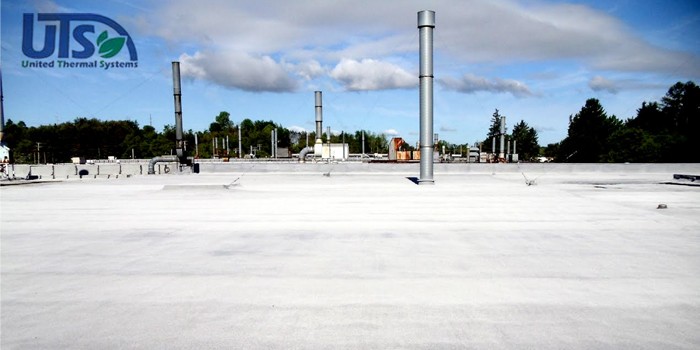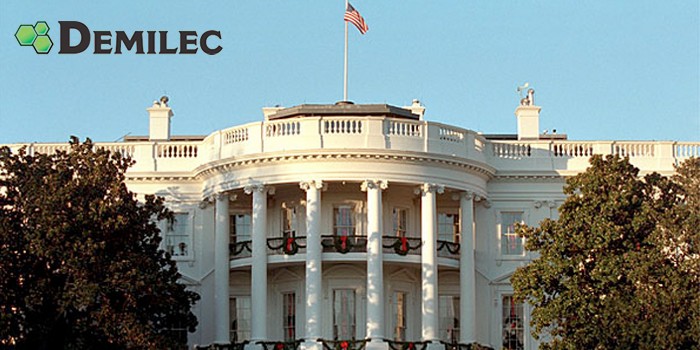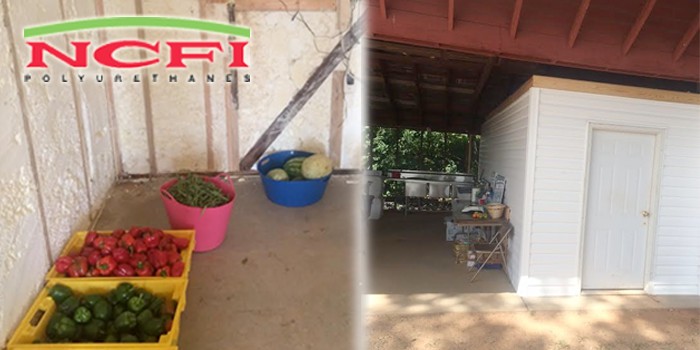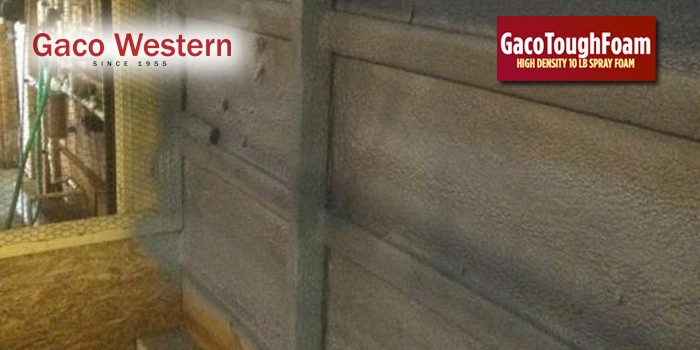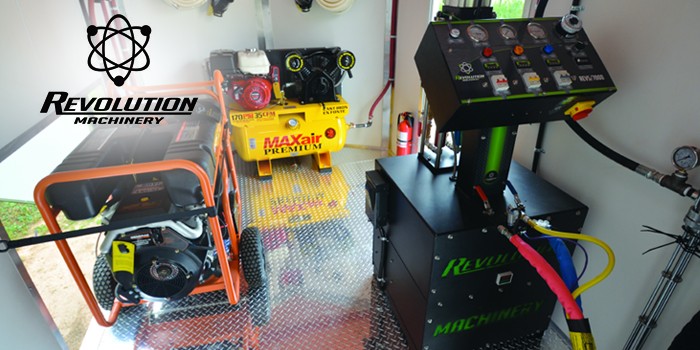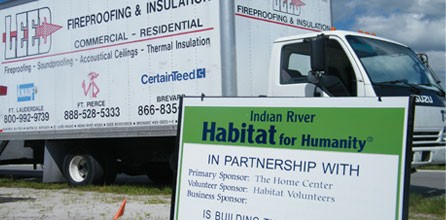
On-Site: Foam Insulation for a Good Cause
Vero Beach, FL - October 7, 2011 - An editorial team from SprayFoam.com joined MER Enterprises, LLC/ dba/ Leed Insulation for some on-site action in Vero Beach, Florida, on October 3, 2011. The Job? Installing injection foam into the walls of a house being built by Indian River County’s Habitat for Humanity.
The site in question was located in a new community of future Habitat for Humanity homes called Grace Woods West. Larry Gibson, Neighborhood Revitalization Manager for Habitat, said that they typically use foam insulation in the homes they build. “It gives homeowners the long-term benefits they need by reducing their monthly utility expenses significantly,” he said. The Habitat for Humanity homes also feature solar-paneled hot water systems, making the combination of foam and solar a very green and energy efficient solution.
Leed Insulation owner Ed Richards and his 2-person team used CFI Core Foam Masonry Foam Insulation® injection foam for the job. After mixing, injecting, and plugging the foam with wooden pegs, the team applied a wet stucco mixture to the holes in the wall in order to fill in and seal the block wall substrate.
Other than injection foam, Leed Insulation is a full-service insulation company, including spray foam, cellulose and fiberglass. The company has 10 employees that service nearly all of Florida, from Titusville down to the Keys. The contractor has insulated around 200 Habitat for Humanity homes throughout their 8-year relationship, according to Richards.
Richard said that he values the company’s partnership with Habitat for Humanity and takes on any job that they can. Leed Insulation offers Habitat for Humanity heavy discounts on their services and, on average, donates every 10th house as a free job. So far this year, Leed Insulation has donated 3 insulation jobs to Habitat for Humanity.
The average Habitat for Humanity home takes around 4 months to build, and all homes in Grace Woods West are projected for completion in May 2012. Although Habitat does build on “spot lots”, they more often construct small communities, said Gibson. He cited a strong sense of mutual identity and support in the communities like Grace Woods West.
Indeed, Habitat homeowners have a lot to relate to one another to. Each applicant must have a full-time job and no debt other than medical. They must have the ability to pay mortgage and insurance. Each are required to take a variety of classes in personal finance, home maintenance and computing during the approval process.
“We don’t give a handout,” explained Gibson, “we give a hand up.”
Much more than homeownership, Habitat offers a multitude of opportunities for their recipients to get involved in and benefit from the organization. They offer a range of free classes, including a computing class which, if passed successfully, awards the student a free computer. They have an after-school program, a scholarship program, and a college preparatory and application program, all aimed at young people growing up in Habitat homes. Gibson said the main goal of Habitat for Humanity is to break the cycle of poverty.
“Our program touches every level of the family in order to try and break that cycle,” he said.
On October 3, the day of the insulation job, Habitat for Humanity celebrated reaching 500,000 homes built worldwide. The 500,000th home was in Kenya; the 500,001st, also on the same day, was in New Jersey.
About Habitat for Humanity International: Habitat for Humanity International is a global nonprofit Christian housing organization that seeks to put God’s love into action by bringing people together to build homes, communities and hope. Since 1976, Habitat has served more than 500,000 families by welcoming people of all races, religions and nationalities to construct, rehabilitate or preserve homes; by advocating for fair and just housing policies; and by providing training and access to resources to help families improve their shelter conditions. For more information, to donate or to volunteer, please visit www.habitat.org,



